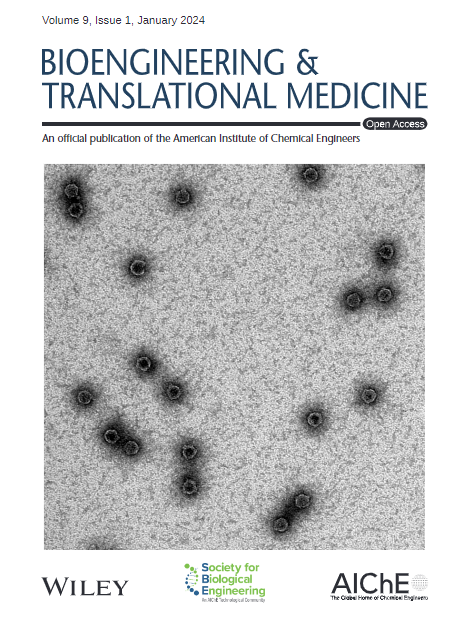Quantitative determination of embolization endpoints based on local arterial pressure
IF 5.7
2区 医学
Q1 ENGINEERING, BIOMEDICAL
引用次数: 0
Abstract
This study aims to optimize the embolization endpoint to improve therapeutic outcomes in interventional procedures and minimize the risk of ectopic embolism caused by excessive embolic agent injection. Hemodynamic changes during embolization were simulated by modeling the terminal resistance vessels as a porous medium. An in vitro experimental platform has been developed to replicate the embolization process. Based on these simulations and experimental data, a quantitative method was established to evaluate the embolization endpoint using local arterial blood pressure. The method was further validated through renal artery embolization experiments in pigs. The quantitative method effectively predicted changes in local arterial pressure and flow rate, with an average error of approximately 1.65% in simulations and 3.09% in in vitro experiments. In animal studies, the pressure‐based endpoint evaluation method closely aligned with imaging results, reducing the required embolic agent by an average of 17.86%. Local arterial blood pressure is considered a reliable criterion for determining the embolization endpoint, offering a relatively standardized and quantitative approach to embolization endpoint assessment. This method has significant clinical value in reducing radiation exposure and facilitating the automation of embolic agent injection procedures in the field of embolization therapy for solid tumors.基于局部动脉压的栓塞终点定量测定
本研究旨在优化栓塞终点,提高介入手术的治疗效果,最大限度地降低因过量注射栓塞剂导致异位栓塞的风险。将末端阻力血管建模为多孔介质,模拟栓塞过程中的血流动力学变化。已经开发了一个体外实验平台来复制栓塞过程。基于这些模拟和实验数据,建立了用局部动脉血压定量评价栓塞终点的方法。通过猪肾动脉栓塞实验进一步验证了该方法。定量方法能有效预测局部动脉压和血流速率的变化,模拟平均误差约为1.65%,体外实验平均误差约为3.09%。在动物研究中,基于压力的终点评估方法与成像结果密切相关,平均减少了17.86%所需的栓塞剂。局部动脉血压被认为是确定栓塞终点的可靠标准,为栓塞终点评估提供了相对标准化和定量的方法。该方法在实体瘤栓塞治疗领域减少辐射暴露,促进栓塞剂注射过程自动化具有重要的临床价值。
本文章由计算机程序翻译,如有差异,请以英文原文为准。
求助全文
约1分钟内获得全文
求助全文
来源期刊

Bioengineering & Translational Medicine
Pharmacology, Toxicology and Pharmaceutics-Pharmaceutical Science
CiteScore
8.40
自引率
4.10%
发文量
150
审稿时长
12 weeks
期刊介绍:
Bioengineering & Translational Medicine, an official, peer-reviewed online open-access journal of the American Institute of Chemical Engineers (AIChE) and the Society for Biological Engineering (SBE), focuses on how chemical and biological engineering approaches drive innovative technologies and solutions that impact clinical practice and commercial healthcare products.
 求助内容:
求助内容: 应助结果提醒方式:
应助结果提醒方式:


